





 |
 |
 |
 |
 |
 |
| Jean-Marc MICHEL | profile | all galleries >> Indonesia >> Bali >> Jimbaran, Nusa Dua, Dreamland and Ulu Watu | tree view | thumbnails | slideshow |
| previous page | pages 1 2 3 4 5 6 7 8 ALL | next page |
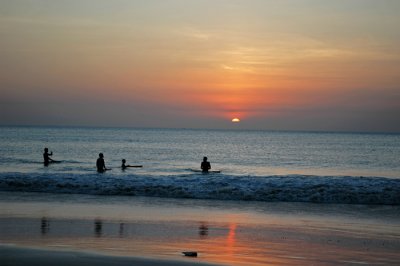 DSC_0267.JPG |
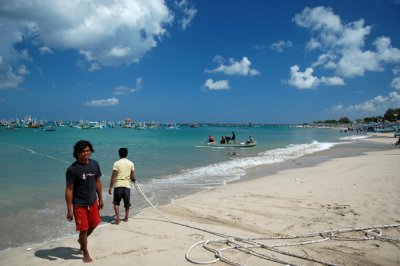 DSC_0008.JPG |
 DSC_0041.JPG |
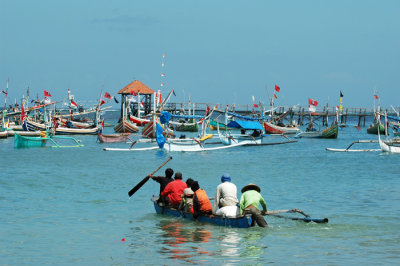 DSC_0039.JPG |
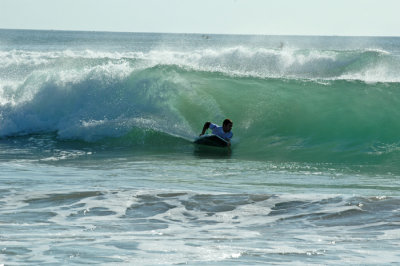 DSC_0242.JPG |
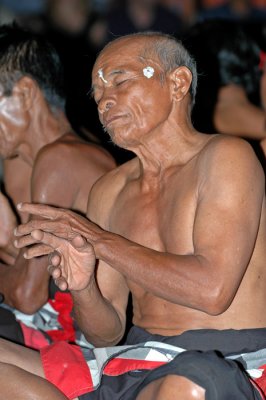 DSC_0105.JPG |
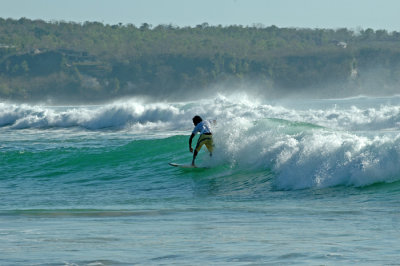 DSC_0236.JPG |
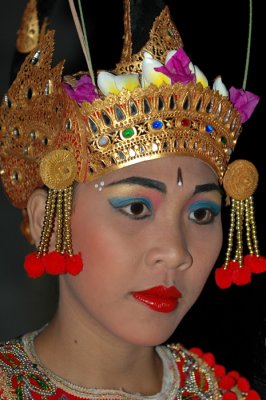 DSC_0130.JPG |
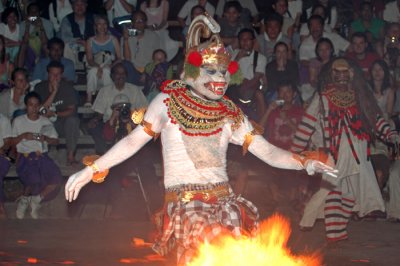 DSC_0118.JPG |
 DSC_00023.JPG |
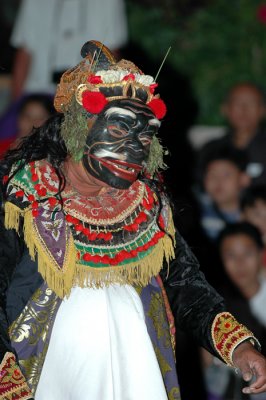 DSC_0093.JPG |
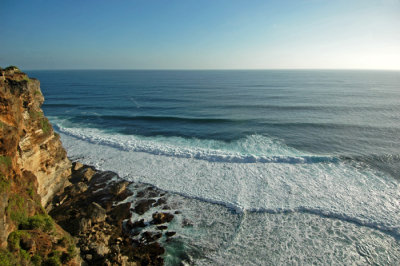 DSC_0264.JPG |
| previous page | pages 1 2 3 4 5 6 7 8 ALL | next page |
| comment | share |